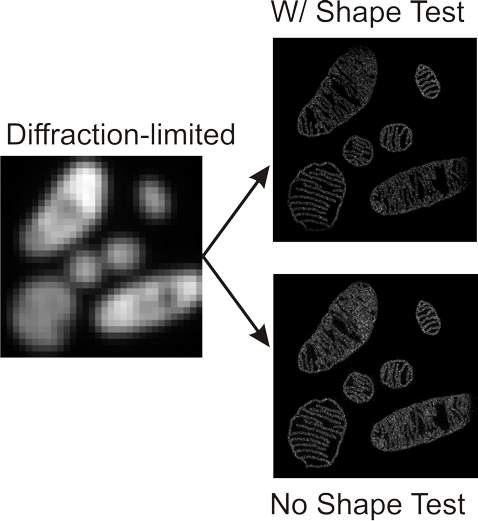Theoretical Limits to Superresolution Fluorescence Microscopy

Speaker(s): Alex Small
Superresolution microscopy techniques enable fluorescence imaging of live cells with subwavelength resolution. These techniques generally fall into two categories, depending on whether fluorescent molecules are controlled deterministically or stochastically. In stochastic techniques, fluorescent molecules blink on and off, with only a small fraction of them emitting light at any given time. Consequently, the molecules form non-overlapping blurs in the image plane, enabling localization of molecules with subwavelength resolution limited only by noise in photon detection. In deterministic techniques, e.g. STimulated Emission Depletion (STED) or Saturated Structured Illumination Microscopy (SSIM), scanned beams use saturation of transitions to control which molecules are emitting light. We have developed a proof that the relationship between image resolution and measures of photon count has a universal 1/sqrt(photon count) scaling for very wide classes of deterministic and stochastic techniques.
For stochastic techniques, we have developed a theoretical framework for optimizing their performance. Specifically, we have developed a formalism for benchmarking algorithms that correct errors in stochastic image reconstruction by removing “overlap” images. We have also developed and tested a very simple analysis algorithm whose run time scales with the square root of the image size rather than image size. Additionally, we can predict the maximum speed improvements obtainable by acquiring information from multi-molecule overlap images. Finally, using a kinetic model of the fluorescent molecules, we have proved the existence of optimal stochastic image acquisition schemes that maximize the number of single-molecule images (i.e. no over-lapping blurs). When bleaching and activation processes are controlled by different wavelengths of light, the optimal scheme is simple, independent of the details of the molecules being studied, and very robust. When all processes are controlled by the same wavelength, however, the acquisition scheme and its robustness depend very sensitively on details of the bleaching and activation processes.